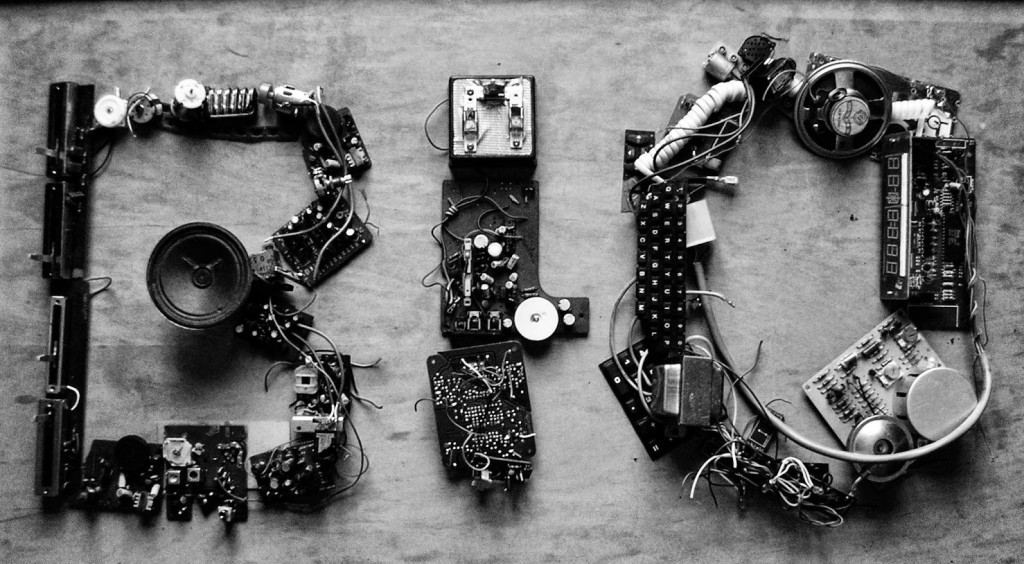Users want something from your website and you better give it to them fast. But how can we know what the user wants? And how can we know the most effective way to give it to them?
Design that is not focused on delivering immediate value runs the risk of alienating and driving away a potential customer and advocate for your brand.
Often we see brands putting their focus on the “wrong stuff”. Brands want to pump their sponsors before giving users a reason to care. They want to talk about the fantastic programs they offer, before they explain why the user should be interested in supporting those programs. This behavior is the result of an organization thinking about what they need to say, and not what their user needs to hear, or read, or do.
We need to flip it around and talk about or deliver value first.
User-Centered Design (UCD) is a methodology that identifies what your users want and how best to give it to them. The process typically involves:
- Identifying and researching your users.
- Understanding their most important needs.
- Mocking-up ideas that fulfill those needs.
- Prototyping those ideas in a tangible way to test efficacy.
- Iterating through several ideas until you have the perfect mix.
It’s unfortunate that when budgets get slashed user research is one of the first things to be cut. User research is so important that dropping it is a like buying a house without consideration for how many kids you have. But we see it from time to time: the user research part isn’t necessary because the brand “knows what customers want already.” I’d bet money that you don’t and you’d be surprised by the results of user research. Interview your customers, supporters, members, or whatever and scratch beneath your assumptions and biases.
The procedure of mocking up and prototyping may sound awfully time consuming, but trust me, it’s a far better approach than commiting to your first few ideas and putting them out there for the world to see. Mock-ups and prototyping are how we flesh out our ideas. They’re thumbnail sketches. Take your prototypes through a user research process again to gain insight into what is working and what isn’t. Once you’re satisified that it will be a hit, polish it up and present it to the world.
Finally, plan to iterate through this process again in a few months–depending on how fast things move in your business–to review your successes and failures. Start experimenting with new ideas and use split testing to test your hypotheses. The goal is to continually improve your project and increase whatever metrics matter to your business (sales, subscribers, donations, etc.).
User Centered Design can help with all of this, but the process doesn’t begin and end with the firm you hire, it is an ongoing long-term project that will improve your business in ways you never expected.
If you’re looking for a partner to get you started, Sagetree can help. Let’s talk about your project.

